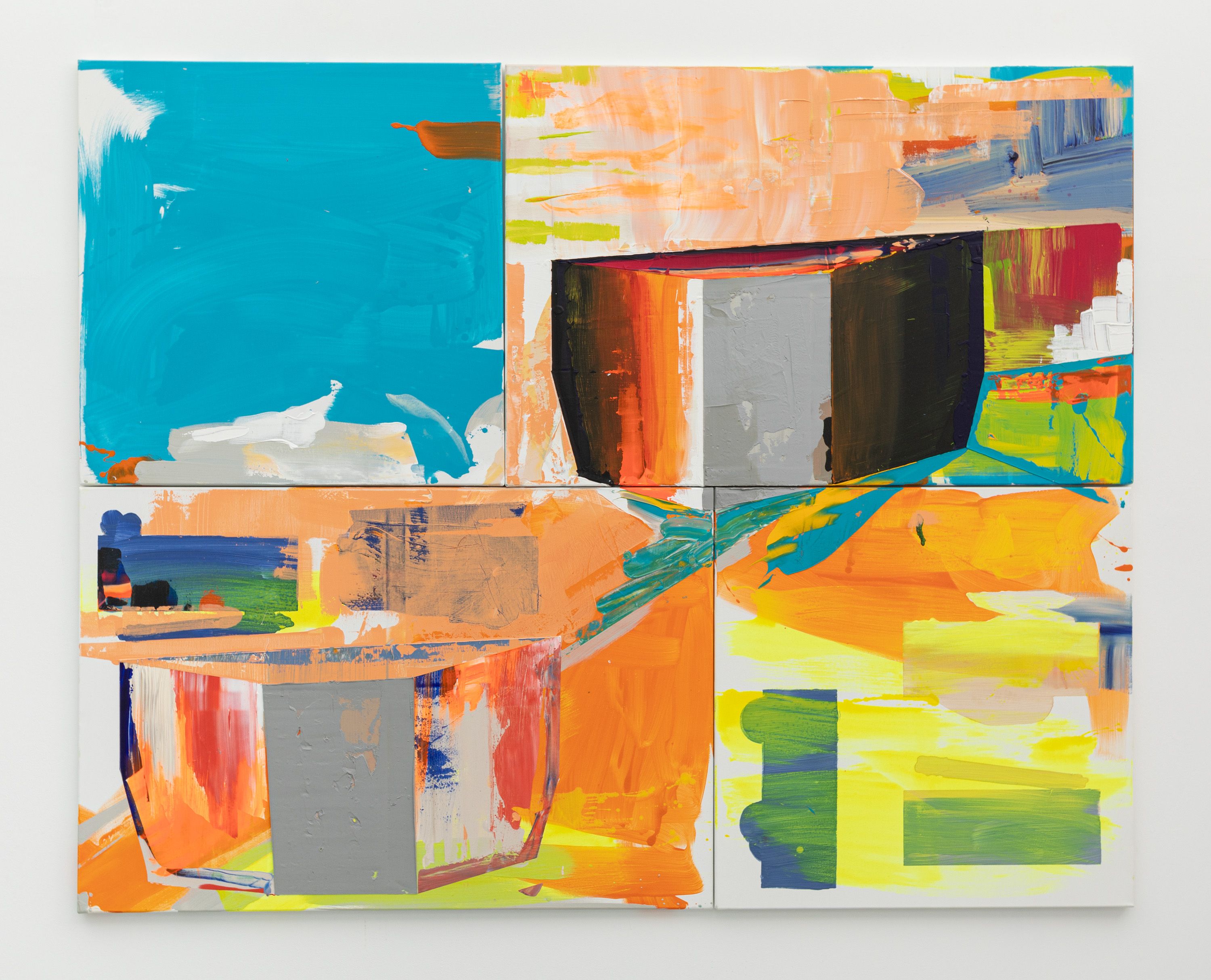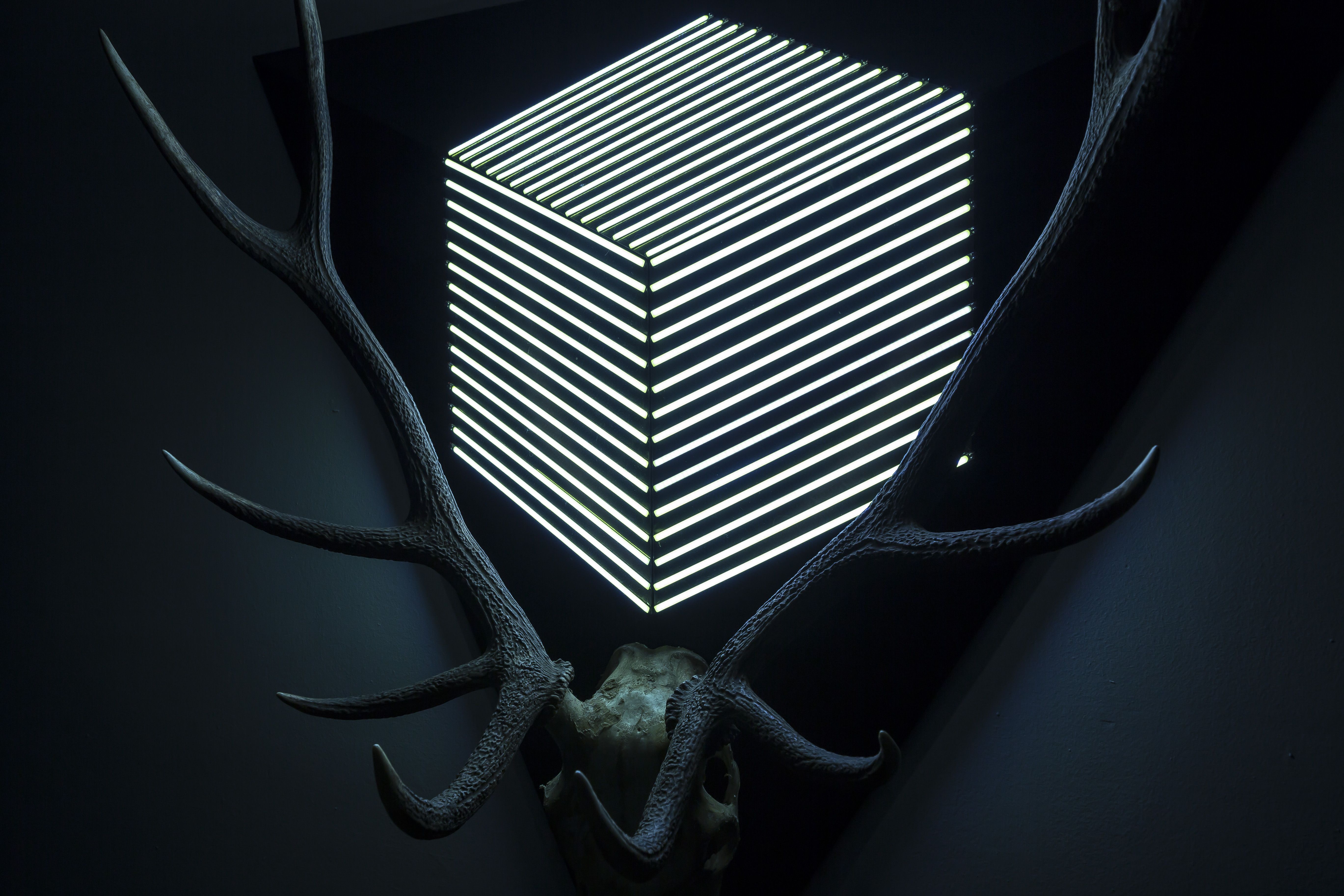Partition_
| Venue: | acb Gallery |
| Date: | Oct 30 – Dec 04, 2009 |
Description
Péter Tamás HALÁSZ has used computers as his raw material since 2008. His attraction to machines has been apparent in earlier works as well – he has been building functioning installations and pieces that reflect the aesthetics of the machines.
At the Partition_ exhibition, he is showing works that fit both of the above-mentioned categories. His Hot towers - resembling the Empire State Building and the Chrysler Building – are cooling systems that prevent the hot plate underneath to get warm. The cooling systems follow both the technique and appearance of the metal sheets found in computers.
Halász’s other works exhibited are part of his lightbox series called Partition, which he has started in 2008: they resemble the form and function of shrines from the middle-ages, only their surface is covered with striated printed circuits of computer mainboards. The rich covers also echo the complex decorations of filigrees from the middle-ages.
Péter SZARKA has used computer programs for years for creating: with the help of 3D design software he builds a parallel, virtual world with virtual residents in order to indirectly reflect on the relationship between real people to their real surroundings.
At this exhibition, Szarka shows photos that were altered by computers. His themes are monuments, wreaths, forgotten heroes, all presented in the style of the 1950s. Most works were changed from color to black and white, with the contrasts toned down in order to let the silverish quality of the 1950's photographs dominate.
The mutual ground of these two artists' works, beyond the influence of the computerized age, is the observation of the consumer's society. Halász formulates a concrete criticism of society by re-building symbols of the economic power, ridiculing the wasteful usage of technology and machines, he recycles components and acknowledges handicrafts. Szarka ironically comments on consumer society by showing wreaths with unrecognizable ribbons, tourists taking pictures in front of monuments, superheroes with lost missions, and photos of shopping mall decorations.


